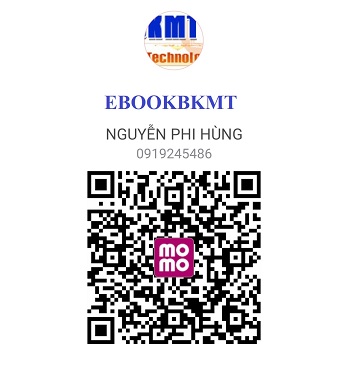EBOOK - Fundamentals of Materials Science and Engineering - An Integrated Approach 4th edition (William D. Callister)
In this fourth edition we have retained the objectives and approaches for teaching materials science and engineering that were presented in previous editions.The first, and primary, objectiveis to present the basic fundamentals on a level appropriate for university/college students who have completed their freshmen calculus, chemistry, and physics courses. To achieve this goal, we have endeavored to use terminology that is familiar to the student who is encountering the discipline of materials science and engineering for the first time, and also to define and explain all unfamiliar terms.
The second objective is to present the subject matter in a logical order, from the simple to the more complex. Each chapter builds on the content of previous ones.
The third objective,or philosophy, that we strive to maintain throughout the text is that if a topic or concept is worth treating, then it is worth treating in sufficient detail and to the extent that students have the opportunity to fully understand it without having to consult other sources; in addition, in most cases, some practical relevance is provided. Discussions are intended to be clear and concise and to begin at appropriate levels of understanding.
The fourth objectiveis to include features in the book that will expedite the learning process. These learning aids include the following:
- Learning objectives, to focus student attention on what they should be getting from each chapter.
- “Why Study …” and “Materials of Importance” items that provide relevance to topic discussions.
- “Concept Check” questions that test whether a student understands the subject matter on a conceptual level.
- Key terms, and descriptions of key equations, highlighted in the margins for quick reference.
- End-of-chapter questions and problems designed to progressively develop students’ understanding of concepts and facility with skills.
- Answers to selected problems, so that students can check their work.
- A glossary, list of symbols, and references to facilitate understanding of the subject matter.
LINK DOWNLOAD
In this fourth edition we have retained the objectives and approaches for teaching materials science and engineering that were presented in previous editions.The first, and primary, objectiveis to present the basic fundamentals on a level appropriate for university/college students who have completed their freshmen calculus, chemistry, and physics courses. To achieve this goal, we have endeavored to use terminology that is familiar to the student who is encountering the discipline of materials science and engineering for the first time, and also to define and explain all unfamiliar terms.
The second objective is to present the subject matter in a logical order, from the simple to the more complex. Each chapter builds on the content of previous ones.
The third objective,or philosophy, that we strive to maintain throughout the text is that if a topic or concept is worth treating, then it is worth treating in sufficient detail and to the extent that students have the opportunity to fully understand it without having to consult other sources; in addition, in most cases, some practical relevance is provided. Discussions are intended to be clear and concise and to begin at appropriate levels of understanding.
The fourth objectiveis to include features in the book that will expedite the learning process. These learning aids include the following:
- Learning objectives, to focus student attention on what they should be getting from each chapter.
- “Why Study …” and “Materials of Importance” items that provide relevance to topic discussions.
- “Concept Check” questions that test whether a student understands the subject matter on a conceptual level.
- Key terms, and descriptions of key equations, highlighted in the margins for quick reference.
- End-of-chapter questions and problems designed to progressively develop students’ understanding of concepts and facility with skills.
- Answers to selected problems, so that students can check their work.
- A glossary, list of symbols, and references to facilitate understanding of the subject matter.
LINK DOWNLOAD

.png)
%20(1).png)

%20(1)%20(1).png)







%20(1).png)

.png)






Không có nhận xét nào: